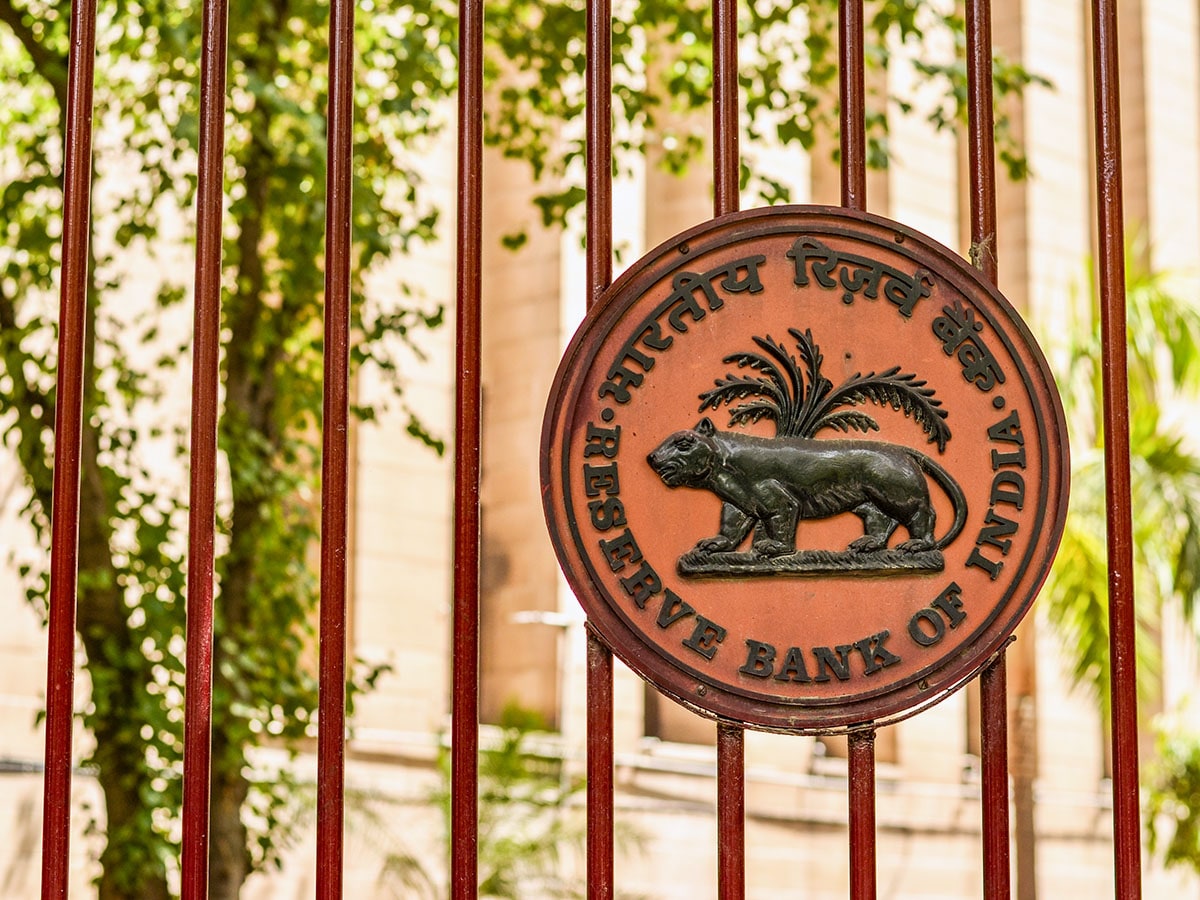
RBI's non-interest rate interventions to balance growth with risk
India's evolving financial landscape reflects a balance between fostering growth and managing systemic credit risks
 RBI released the framework for the fintech sector's Self-Regulatory organisations (SROs). The SRO would create an environment conducive to innovation while enforcing compliance and regulatory adherence.
Image: Shutterstock
RBI released the framework for the fintech sector's Self-Regulatory organisations (SROs). The SRO would create an environment conducive to innovation while enforcing compliance and regulatory adherence.
Image: Shutterstock
India, a country of 1.4 billion people, is driven by a young, consumption-oriented demographic, fuelling its growth. Private consumption contributes to approximately 58 percent of the nominal GDP. India's digital public infrastructure (DPI), technological advancement in analytics and artificial intelligence (AI), and, most importantly, fintech–financial institution collaborations have played a pivotal role in the growth of unsecured credit, which in turn supports consumption growth. However, unsecured retail credit can challenge borrowers and financial institutions during economic shocks.
To address the systemic risk posed by high unsecured loans, the Reserve Bank of India (RBI), with a degree of caution, increased the risk weightage of unsecured lending from 100 percent to 125 percent in November 2023. This impacted lenders' capital requirements and, in turn, increased consumer lending rates.
This move was possibly a pre-emptive measure to manage perceived risks in the financial sector in case of a potential economic downturn. It also highlighted the need for responsible borrowing by individuals. It served as a deterrent to impulse buying on credit, as overleveraging due to impulsive buying can present significant challenges for borrowers in the event of an unforeseen economic shock. This structural intervention muted the growth of the outstanding value of both unsecured personal loans, from 30 percent (June 2022 – June 2023) to 16 percent (June 2023 – June 2024), and of credit cards, from 38 percent to 25 percent during the same period.
While the changes in risk weightage for unsecured credit addressed the systemic challenge posed by such unsecured retail loans, digital retail lending carries its own operational risk nuances, potentially evolving into systemic operational risks.
With a series of interventions in reporting, technology frameworks, and suitable industry structures, the RBI is likely aiming to mitigate these challenges. Firstly, in 2021, the RBI introduced the Account Aggregator (AA) framework, replacing paper-based processes with a secure, consent-based system to move data from A to B in just a few clicks. An AA is an RBI-regulated entity that enables individuals to consent to share their data with any regulated third party. Bank statements, SEBI-regulated depository and mutual fund data, and GST data are available on the AA network. The AA framework has enhanced customer centricity in digital lending, lowered costs, and ensured high-provenance data.
[This article has been reproduced with permission from SP Jain Institute of Management & Research, Mumbai. Views expressed by authors are personal.]

















